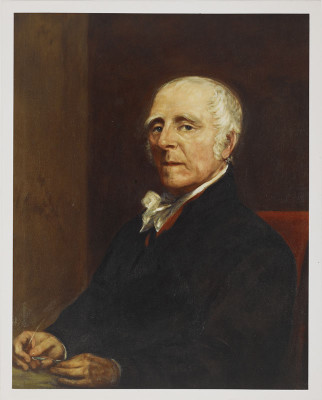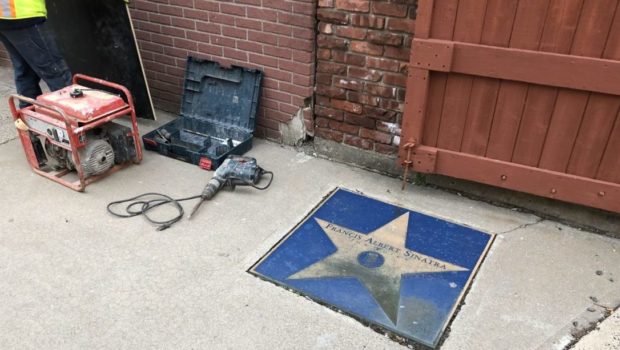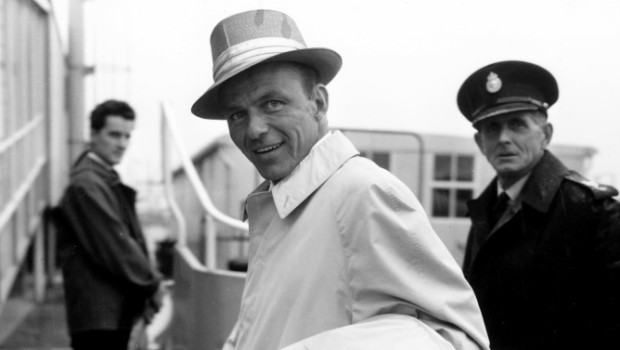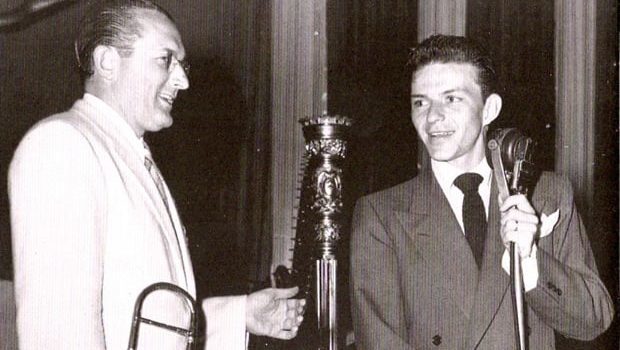
Driven to Improve: The Stevens Family Legacy
by Melissa Abernathy
photos courtesy of the Hoboken Historical Museum
The first family of Hoboken, Colonel John Stevens III (1749 – 1838) and his descendants, are often called the “first family of engineering” for the many inventions they created or improved, from steam-powered transportation and railroads to the yacht that launched the America’s Cup race. Lesser known, perhaps, is the family’s legacy of improvements to their community, many of which are still visible today around the Mile Square City.
The best known, of course, is the Stevens Institute of Technology—built on the grounds of the family home at Castle Point, overlooking the Hudson River. It was founded in 1870 by the estate of Col. Stevens’ son, Edwin, under the supervision of his widow, Martha Bayard Dod Stevens (1831-1899)—who also established the Industrial Education Association in 1887 to train young women in the domestic arts, including financial literacy. In 1896, she founded the Martha Institute for training young men in industrial trades such as carpentry and metal work, and provided the land for the Hoboken Public Library. She also founded St. Martha’s Ward for foundlings at St. Mary’s Hospital.
In addition, Mrs. Stevens had the Willow Terrace rowhouses built for workers (1885-1886), after admiring the Scottish village of New Lanark, featuring clean, affordable worker housing designed by utopian social reformer Robert Owen.
She commissioned the Church of the Holy Innocents (completed in 1874) as a tribute to her young daughter Juliana, who died at age seven. This Church was different from other churches of its time because there was no fee for a pew—all were welcome to worship there, regardless of class.
This philanthropic drive continued for several generations. Two of Martha’s children followed her into public service. Richard Stevens established New Jersey’s first probation office in Hoboken in 1896. His sister, Caroline Bayard Stevens Alexander Wittpenn, the first woman in New Jersey to serve as a Democratic National Committeewoman, served on the board of the Clinton Farms Women’s Reformatory. In 1929, President Hoover appointed her to the International Prison Committee. On her death in Hoboken in 1932, The New York Times referred to her as the “Best-Loved Woman in New Jersey” and Eleanor Roosevelt and President Wilson sent telegrams of condolence. In the 20th century her great-granddaughter, Millicent Fenwick, after many active years in the Civil Rights Movement, was elected to Congress in 1964.
The family are the focus of the Hoboken Historical Museum’s latest exhibit, “The Extraordinary Stevens Family, A New Jersey Legacy: 1765-1911,” on view through July 5, 2015, at 1301 Hudson Street, open six days a week. Leah Loscutoff, Stevens Institute of Technology’s Special Collections librarian at S.C. Williams Library, is the guest curator, assisted by Linda Beninghove, the Interim Library Director at Samuel C. Williams Library, along with the Hoboken Museum’s collections manager.
A series of free lectures and tours of significant historic sites will run from February through June. Visit the Museum’s hobokenmuseum.org for dates and details.
Humble Beginnings
The Stevenses came a long way in a short time. Col. Stevens’ grandfather, also named John Stevens, arrived in the colonies in 1699 as an indentured clerk, who had to work his way to financial independence. Through their wits, hard work and advantageous marriages, it took only two generations for the Stevens family to gain significant land holdings and social standing. Col. Stevens, who served as an officer in General Washington’s Revolutionary Army, hobnobbed with governors, vice presidents and U.S. founder Alexander Hamilton.
In 1784, Col. Stevens bought the land where Hoboken sits for about $90,000 at a public auction of lands seized from those who had sided with the English during the Revolutionary War, including “William Bayard’s farm at Hoebuck” on the New Jersey banks of the Hudson. Yes, Martha Bayard Dod Stevens is a descendant of William Bayard, no small irony.
Col. Stevens and his sons, Robert Livingston, John Cox and Edwin Augustus, were tireless inventors and engineers. Reminders of their contributions to modern transportation are all around in Hoboken, not only in the Stevens Institute’s Samuel C. Williams Library collections, but also in the integrated transportation hub that continues to serve tens of thousands of commuters a day. The Stevenses could see the potential of Hoboken as both a recreational and residential destination, but first, they had to get people there.
(continued on page 2…)



 Previous Article
Previous Article Next Article
Next Article ‘SINATRA’S HOUSE, WE JUST LIVE IN IT’: Work Begins on Luxury Condos at Frank’s 415 Monroe Street Birthplace in Hoboken
‘SINATRA’S HOUSE, WE JUST LIVE IN IT’: Work Begins on Luxury Condos at Frank’s 415 Monroe Street Birthplace in Hoboken  FRIDAYS ARE FOR FRANK: “Imagination” (feat. Tommy Dorsey Orchestra)
FRIDAYS ARE FOR FRANK: “Imagination” (feat. Tommy Dorsey Orchestra)  FRIDAYS ARE FOR FRANK: “A Foggy Day”
FRIDAYS ARE FOR FRANK: “A Foggy Day”  FRIDAYS ARE FOR FRANK: “The Manchurian Candidate” — Korean War Thriller Remains Disturbingly Relevant
FRIDAYS ARE FOR FRANK: “The Manchurian Candidate” — Korean War Thriller Remains Disturbingly Relevant  FRIDAYS ARE FOR FRANK: The Dinner Bell Goes “Ring-A-Ding-Ding,” As Indoor Dining Returns to NJ
FRIDAYS ARE FOR FRANK: The Dinner Bell Goes “Ring-A-Ding-Ding,” As Indoor Dining Returns to NJ  FRIDAYS ARE FOR FRANK: “I’ve Got You Under My Skin”
FRIDAYS ARE FOR FRANK: “I’ve Got You Under My Skin”  HOBOKEN ITALIAN FESTIVAL 2019: Feast of the Madonna Dei Martiri, September 5-8
HOBOKEN ITALIAN FESTIVAL 2019: Feast of the Madonna Dei Martiri, September 5-8  FRIDAYS ARE FOR FRANK: “You Might Have Belonged To Another” (w/ The Tommy Dorsey Orchestra)
FRIDAYS ARE FOR FRANK: “You Might Have Belonged To Another” (w/ The Tommy Dorsey Orchestra)